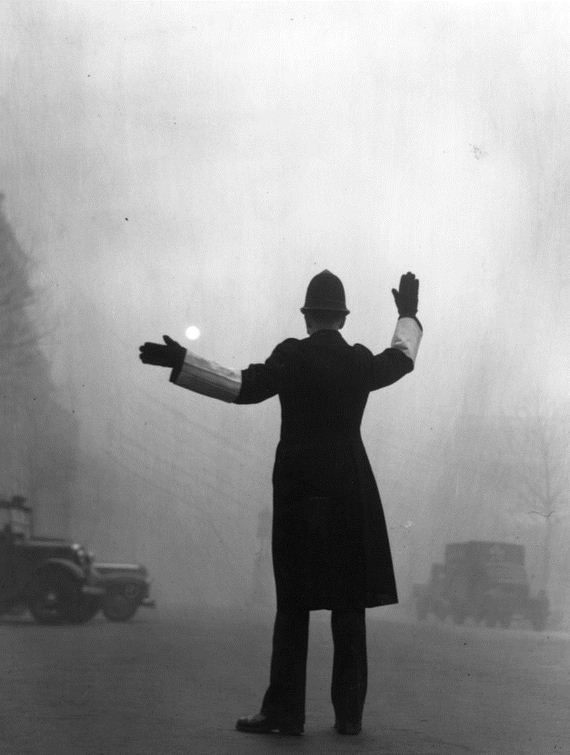

Regulations had some success with large-scale industries, gas plants and electric generators, by mandating tall chimneys, scrubbers to remove some of the pollution, and efficient furnaces that reduced the amount of soot carried out by the smoke. The world wars and economic difficulties of the first half of the twentieth century, however, limited the effectiveness of this organisation. In Britain, the Coal Smoke Abatement Society formed in 1898 and it pressured multiple levels of government to address the problem, either through new legislation or by enforcing existing laws. Reformers failed to convince governments or the general public that the damage from coal smoke out weighted the jobs and warmth this hydrocarbon provided. Nonetheless, urban and industrial pollution remained a constant problem in European and North American cities through to the mid-twentieth century. They also began improving water quality in some rivers during the mid-nineteenth century. One of of the earliest environmental laws, Britain’s 1863 Alkali Act started to restrict some industrial pollution. Industrial cities were already very dirty in the mid-nineteenth century and authors like Charles Dickens described the terrible conditions (see chapter five of Hard Times). The process was different between regions and nations, but not completely independent, as the media and publishing industries helped to spread stories about both environmental crises and the ideas within Silent Spring. This event, along with other deadly smogs in the United States ( Donora), lifeless or burning rivers ( Don, Cuyahoga, Thames), and the threat of nuclear radiation ( CND), all combined with the ecological knowledge Carson made accessible to a wide public audience, to help make the environment a growing political concern in the post-war era. In the aftermath of the Great Smog, the British passed the Clean Air Act (1956). From Friday December 5th through to the following Tuesday (Dec 9) 1952, the thick air pollution disrupted daily life and killed thousands of people. Ten years before Carson’s book, a great smog blanketed Greater London. While this book’s importance is without question, focusing on it as the birth of environmentalism ignores the importance of urban environmental problems, from unsafe drinking water to severe air pollution, in raising people’s environmental awareness. When did the modern environmental movement begin? Did one event mark its beginning? Earlier this year we commemorated the fiftieth anniversary of Rachel Carson’s Silent Spring, which is often identified as bringing about the environmental movement.


 0 kommentar(er)
0 kommentar(er)
